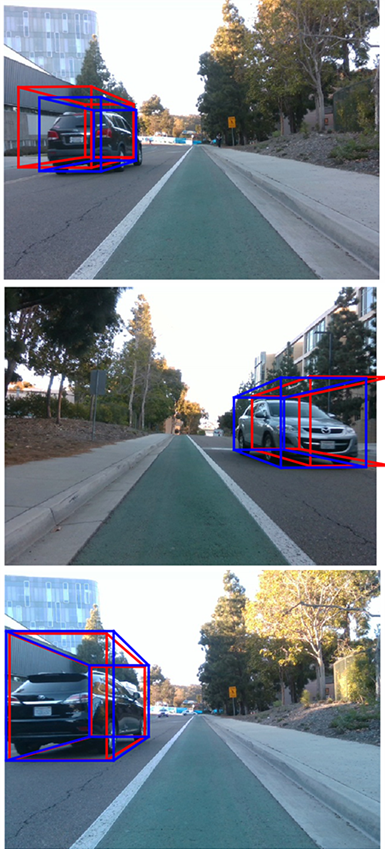Can Radar Eliminate the Need for LiDAR?
UC San Diego researchers develop a radar-based system that could mean a more cost-effective approach to automated driving
#electronics
“It’s a LiDAR-like radar,” said Dinesh Bharadia, a professor of electrical and computer engineering at the UC San Diego Jacobs School of Engineering, of a system that he and his colleagues have developed.
It uses two radar sensors that are placed on the hood and spaced 1.5 meters apart, or about the width of a vehicle. Explained Kshitiz Bansal, a computer science and engineering Ph.D. student at UC San Diego, systems using a single radar sensor obtain insufficient bounced-back signals from other vehicles.
Two Are Better Than One
“This is the problem with using a single radar for imaging. It receives just a few points to represent the scene, so the perception is poor. There can be other cars in the environment that you don’t see,” Bansal said.
“So if a single radar is causing this blindness, a multi-radar setup will improve perception by increasing the number of points that are reflected back.”

The red boxes show where the vehicles are predicted to be; the blue boxes are actual measurements. (Photo: Kshitiz Bansal)
Basal continued, “By having two radars at different vantage points with an overlapping field of view, we create a region of high-resolution, with a high probability of detecting the objects that are present.”
Because there is also more noise obtained, the UC San Diego team also developed new algorithms that fuse the data from the two sensors so that the noise problem is eliminated.
Here’s something notable about this development:
“Fusing LiDAR and radar can also be done with our techniques, but radars are cheap. This way, we don’t need to use expensive LiDARs,” said Bharadia.
The UC San Diego researchers are working with Toyota on combining this radar setup with cameras to make the system more robust. Bharadia: “Radar alone cannot tell us the color, make or model of a car. These features are also important for improving perception in self-driving cars.”
Although the costs of LiDAR sensors are coming down, radar has been used in vehicles for decades so their costs are comparatively much less than that of LiDAR.
RELATED CONTENT
-
Internal Combustion Engines’ Continued Domination (?)
According to a new research study by Deutsche Bank, “PCOT III: Revisiting the Outlook for Powertrain Technology” (that’s “Pricing the Car of Tomorrow”), to twist a phrase from Mark Twain, it seems that the reports of the internal combustion engine’s eminent death are greatly exaggerated.
-
On the 2016 Chevrolet Camaro: The Sixth Generation
The fifth-generation Camaro brought the nameplate back from what could have been oblivion. The sixth is taking it in the right direction.
-
On the Genesis GV80, Acura MDX, BMW iDrive and more
From Genesis to Lamborghini, from Bosch to Acura: new automotive developments.


.jpg;width=70;height=70;mode=crop)